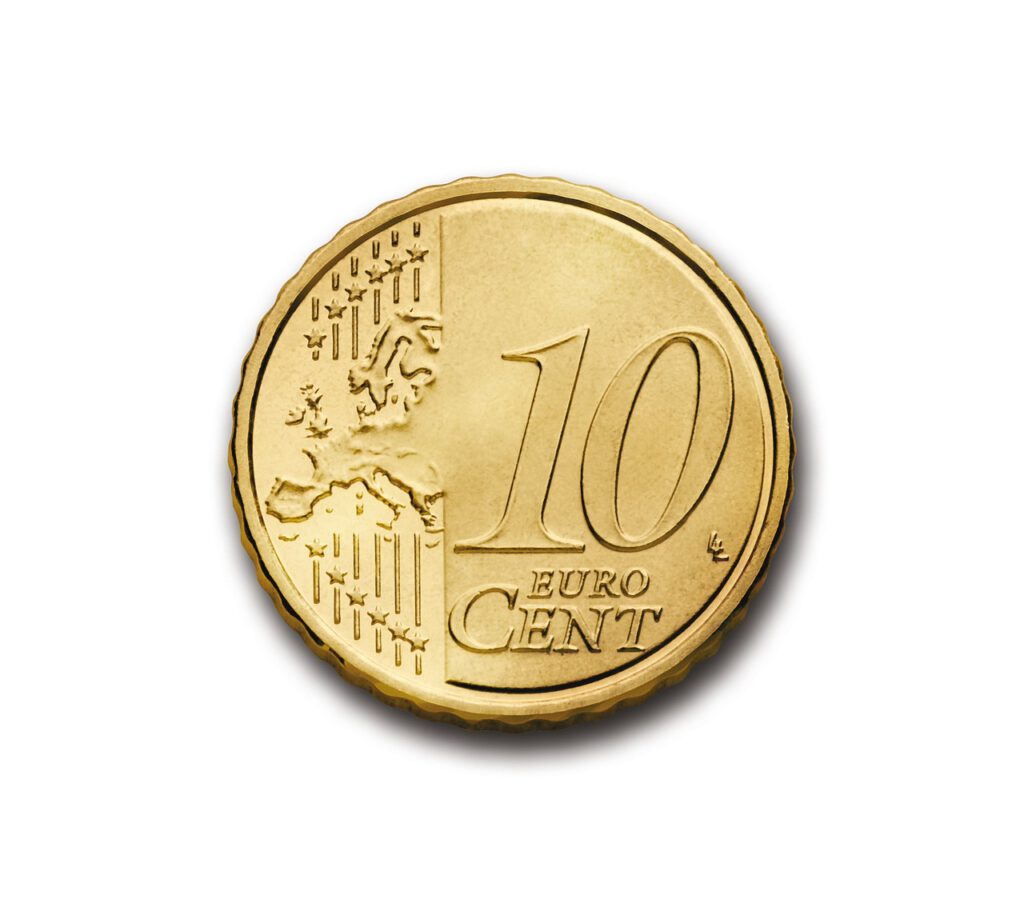Why Traditional Emergency Advice Falls Short

Here’s the shocking truth most financial gurus won’t tell you: Nearly 40% of Americans aren’t prepared to handle a $400 emergency expense. Even worse, 42% of Americans don’t have an emergency fund at all, while 59% of Americans wouldn’t cover a $1,000 expense with savings. This isn’t just about poor money management—it’s about outdated advice that doesn’t work in today’s economy. The current economic situation with inflation present and unstable job security makes the traditional financial strategies ineffective. The strategies which proved effective in 2015 will not function in 2025. Think of it like trying to use a flip phone in the smartphone era—technically it’s still a phone, but it won’t get the job done when you need it most.
Start With Just One Dollar (Seriously)
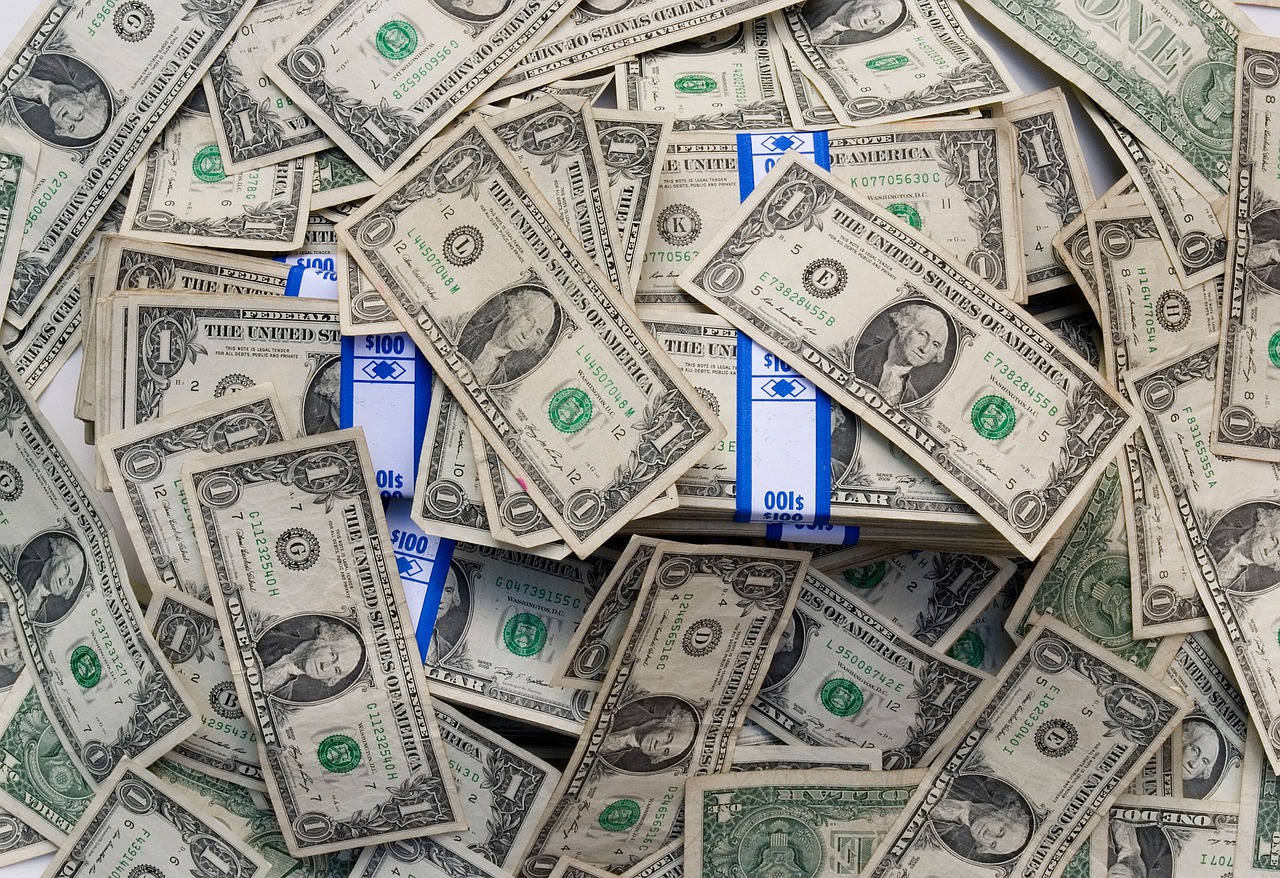
Forget the financial experts who tell you to save $1,000 right away. Lisa who lives in my neighborhood started sending $15 per week into her savings account as a single mother with limited money. She built more than $4000 in emergency savings during 18 months by making regular automatic transfers instead of making major lifestyle changes. The secret isn’t the amount—it’s starting immediately. If you don’t have any money saved, you need to start today. Many people set financial goals for themselves without taking any next steps toward saving for emergencies. Considering the numerous upcoming expenses right now, they believe they can safely start saving sometime down the line. He said, “Whatever the reason, you’re only hurting yourself by not beginning immediately.” Even putting aside $5 per week creates momentum and builds the saving habit your future self will thank you for.
The Automation Game-Changer
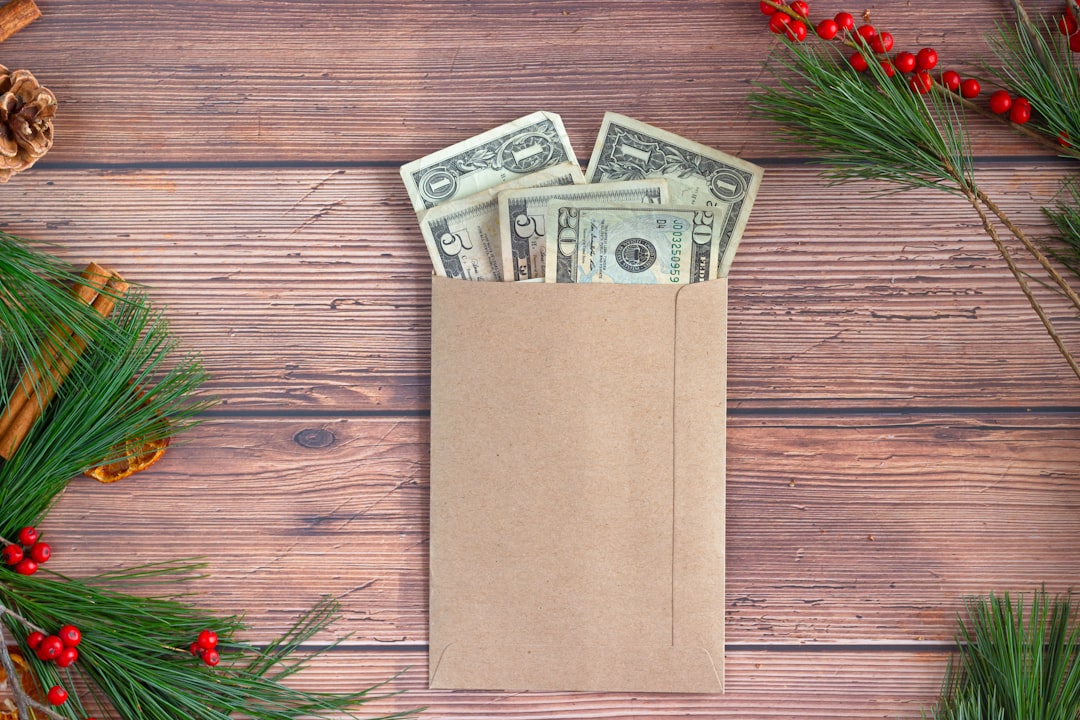
One of the most effective emergency savings strategies is automation. Set up a recurring transfer from your paycheck or checking account to your emergency fund. Automating your savings helps you stay consistent without having to think about it. This isn’t just convenient—it’s psychological warfare against your spending impulses. Ramit Sethi, a New York Times bestselling author and finance YouTuber, recommends automating your paycheck routine to do so. If your company sends your paychecks to your bank account, Sethi suggests you add this simple step. First, decide on how much money you want to add to your emergency fund each month. Then, set up an automated transfer to send that amount to a designated savings account the day after payday. The best part is that with an automated paycheck routine, your emergency fund will start to build itself. Start with whatever amount won’t stress your budget—even $20 weekly adds up to over $1,000 per year.
Choosing the Right Account Type
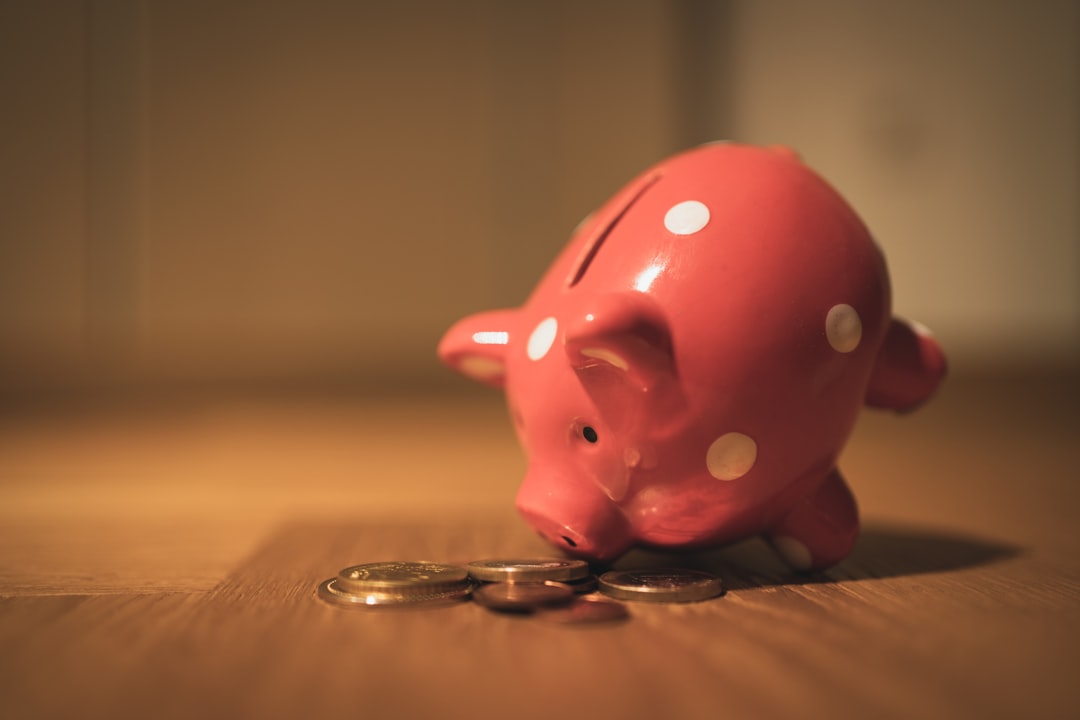
Not all savings accounts are created equal, and where you park your emergency fund can make a massive difference. High-yield savings accounts are currently offering APYs as high as 5.00%, far outpacing what most traditional savings accounts offer. To put this in perspective, Say you put $1,000 in a savings account at the average interest rate of 0.41% with daily compounding. At the end of one year, your balance would grow to $1,004.11 — your initial $1,000 deposit, plus just $4.11 in interest. Compare that to a high-yield account where you deposit $10,000 into a high-yield savings account with 5.25% APY—you’d earn over $500 in interest annually. The key is to balance liquidity and security. Your emergency fund should be easy to access but separate from daily spending. Think of it like keeping your spare key hidden but accessible—you need it quickly when emergencies strike, but not so close that you accidentally use it for everyday stuff.
Using Technology to Your Advantage
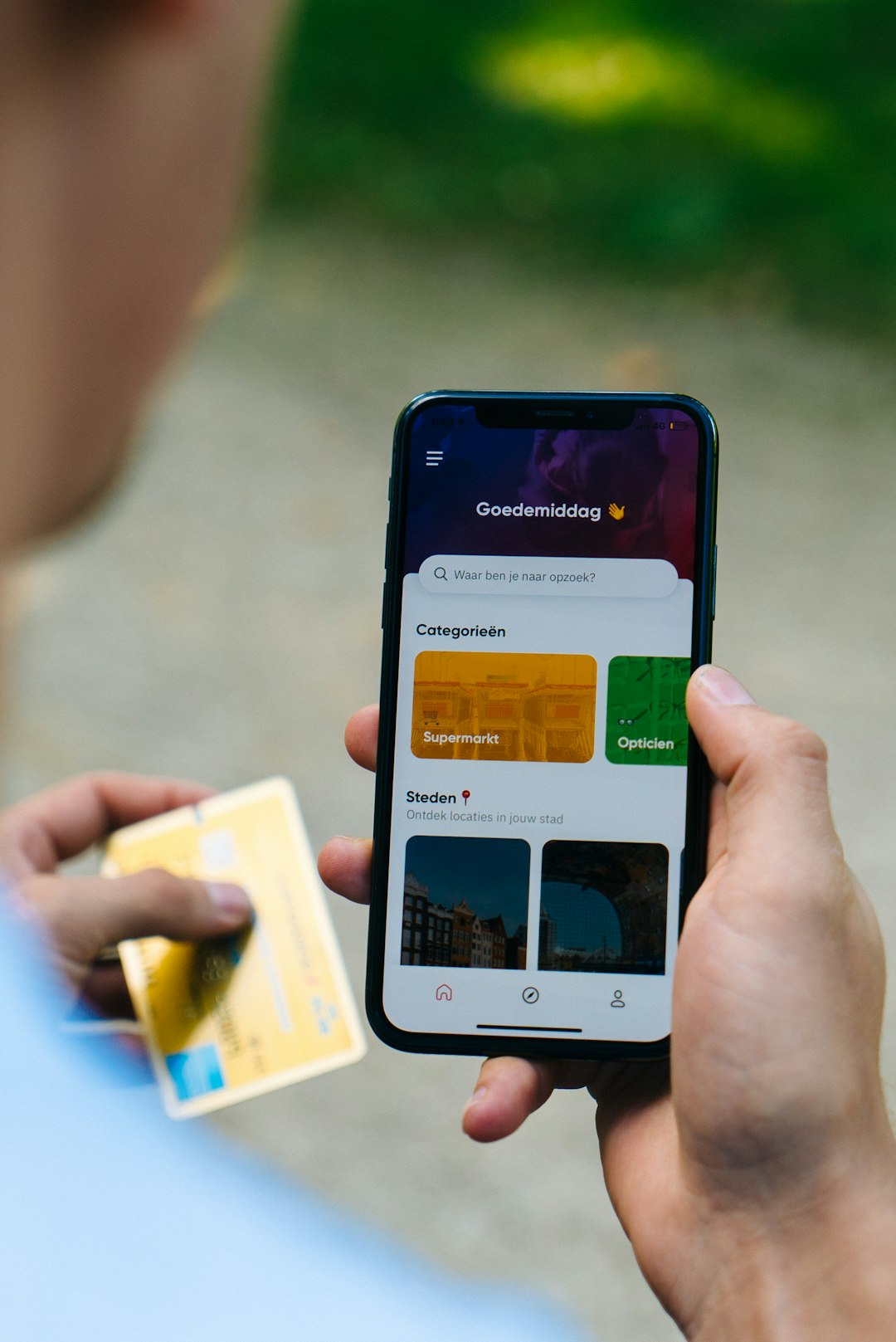
Your smartphone can become your emergency fund’s best friend with the right apps. Rocket Money can link up with your checking account to automatically make savings contributions to a provided savings account insured by the Federal Deposit Insurance Corporation (FDIC) based on your goals and spending habits. While the checking account has perks like early paycheck access and fee-free overdraft options, it’s especially useful when linked to a Chime savings account with a 2% annual percentage rate (compared with the 0.42% national average, per the FDIC). There are options to automatically save a portion of your paycheck and the spare change from debit card purchases. Apps like Acorns can round up your purchases and funnel the spare change into savings, while Ibotta can provide some money back on everyday purchases so you can contribute extra cash to your emergency fund. It lists several offers in different product categories, such as groceries and pet food, as well as general rewards for making any purchase. It’s like having a personal assistant who saves money for you without you even noticing.
The Real Emergency Fund Target
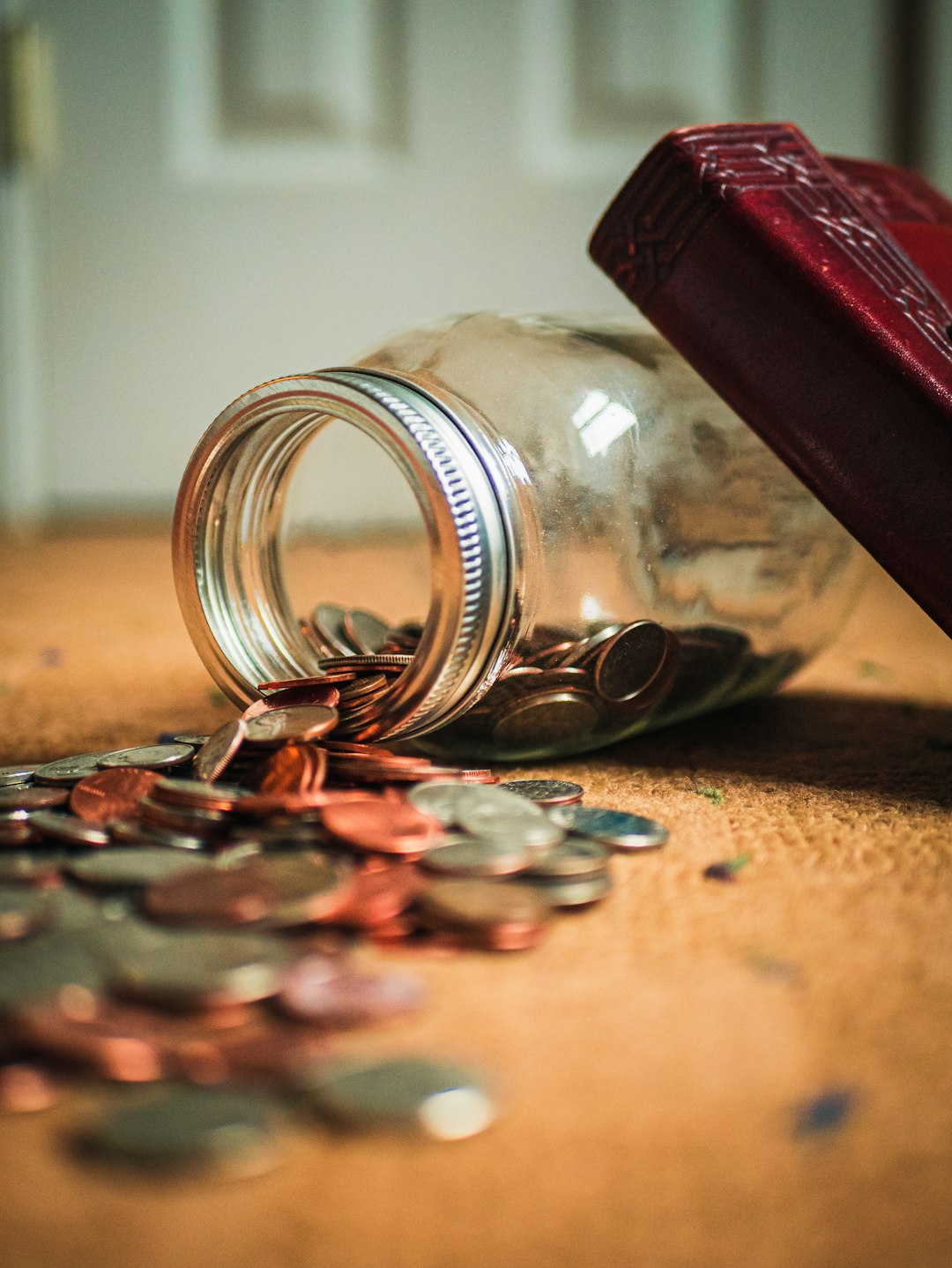
While traditional advice suggests three to six months of expenses, the landscape has shifted dramatically. Beyond job loss, a 12-month fund protects against other shocks, such as rising inflation or unforeseen repairs. The Guardian reported on 10 March 2025 that inflation could remain above target into 2026, squeezing household budgets . A substantial emergency fund ensures you can maintain your lifestyle without resorting to high-interest credit cards, which can carry rates as high as 20%. The majority (89 percent) of Americans say they would need at least three months of expenses saved in order to feel comfortable. Moreso, 63 percent would need to have at least six months of expenses saved to feel comfortable and 26 percent would need between three and five months of expenses saved. Start with a mini-goal of $500, then work toward one month of expenses, gradually building to the full six-month buffer. Remember, some emergency fund is infinitely better than no emergency fund.
The Windfall Strategy
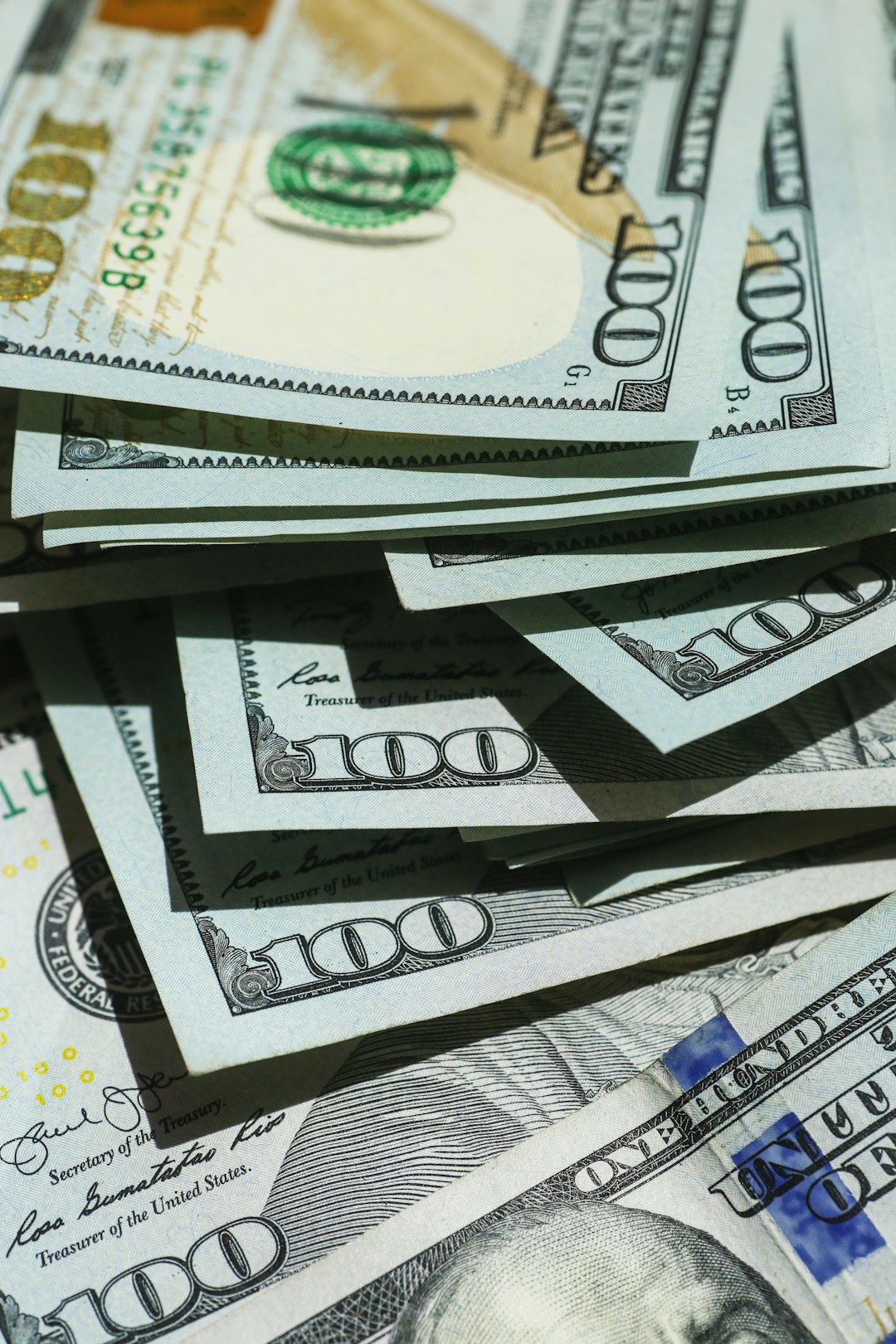
One of the fastest ways to jumpstart your emergency fund is by capturing windfalls strategically. Windfalls occur more frequently than people typically acknowledge because they include tax refunds and work bonuses and birthday cash and rebates and side gig income. The majority of people reserve windfall money for either special occasions or discretionary spending. Establish a personal rule which requires you to direct at least half of any unexpected money toward building your emergency fund until you achieve your goal. Consider having the tax refund directly deposited into your emergency fund. This strategy ensures that any tax refund you receive goes straight towards building your emergency savings, bypassing the temptation to spend it elsewhere. Even selling unused items around your house can provide quick cash—Publications like Forbes reported £1.7 billion ($2.2 billion) in UK sales for second-hand goods in 2024, showing the potential of decluttering. That old exercise equipment collecting dust could become your emergency fund’s foundation.
Cutting Expenses Without Feeling Deprived
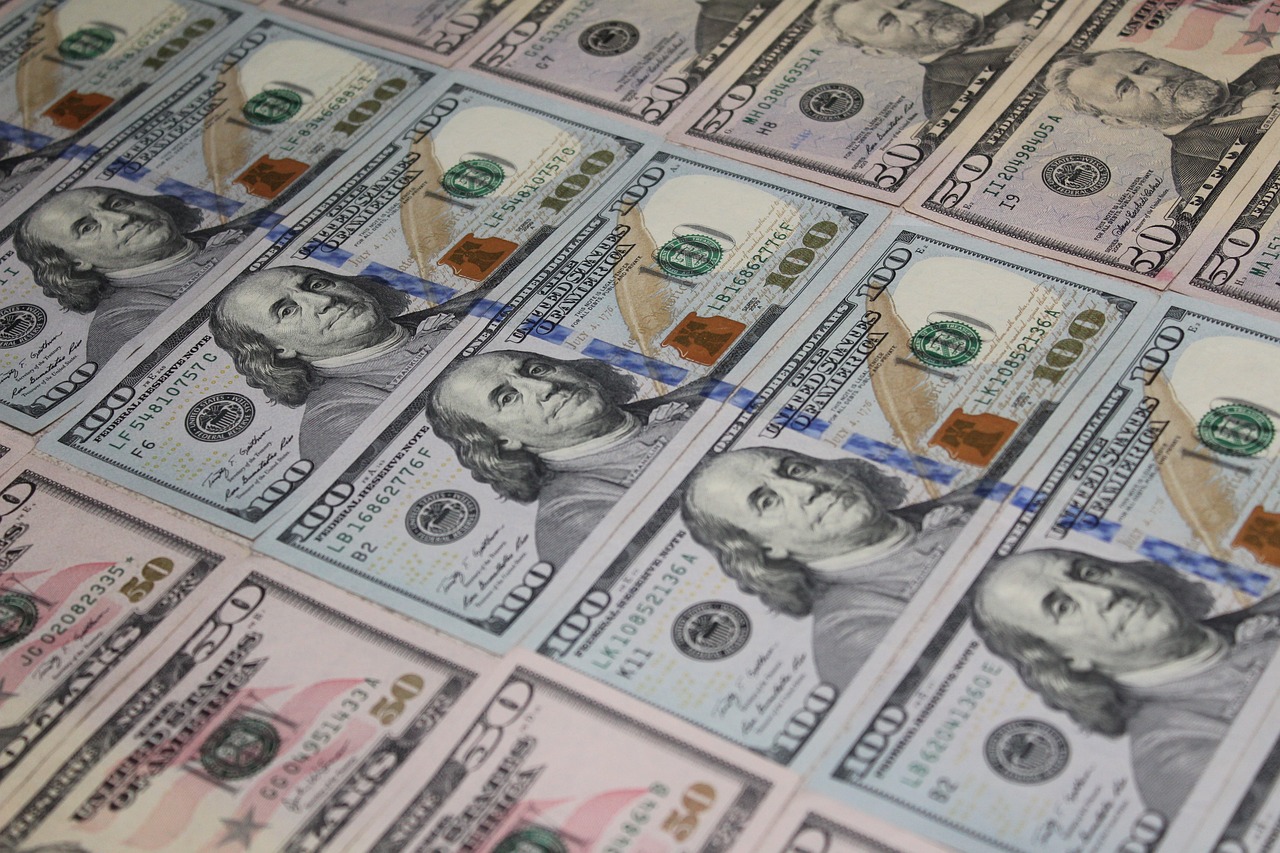
Building an emergency fund doesn’t mean living like a monk, but strategic cuts can accelerate your progress significantly. Put one subscription on hold for a period of 90 days. The majority of people subscribe to multiple streaming platforms along with unused apps and memberships. Pick a single subscription service (which could save you between $10 to $15 per month) and move this money directly to your emergency savings account. This tiny financial contribution demands no changes to your lifestyle while building your emergency fund. Next, cut non-essential spending. Review subscriptions, dining out, or impulse purchases, redirecting those funds to your emergency pot. For example, cancelling a £50 ($64) monthly streaming bundle saves £600 ($792) annually. It’s like finding money you didn’t know you had—because technically, you’re just redirecting money you were already spending on things you might not even use.
Side Hustles That Actually Work

The gig economy isn’t just for millennials trying to pay rent—it’s a legitimate emergency fund building strategy. These days, more than one-third of Americans are earning money through a side hustle, Bankrate’s side hustle survey found. Common sources of side-hustle income include freelance writing, tutoring, food delivery, house sitting and dog walking. Side hustles often provide the convenience of choosing your own hours, and these earnings can help you increase your nest egg more quickly. Finally, consider a side hustle. Freelancing or part-time work can generate extra income earmarked for your fund. Data from 15 February 2025 shows that 1 in 5 Britons now earns supplemental income through gigs like tutoring or delivery The beauty of directing side



